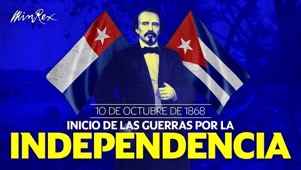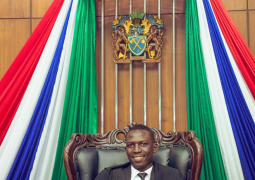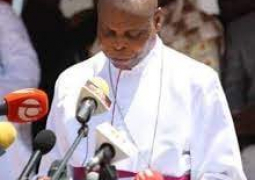
On the morning of October 10th of that year, the insurgent lawyer, Carlos Manuel de Céspedes pronounced in the East of the Island the declaration of independence known as the Manifesto of the Revolutionary Junta of the Island of Cuba, which included universal and advanced postulates for the epoch.
“Cuban: With your heroism, I count on consummating independence. With your virtue to consolidate the Republic, you can count on my self-sacrifice,” said the bayamese patrician who is considered the Father of the Nation, before about 500 insurgents, among them black slaves gathered at his La Demajagua Sugar Mill.
“To the crew of his small sugar plantation, he exclaimed: 'Citizens, until this moment you have been my slaves! From now on, you are as free as I am. 'Cuba needs all its children to achieve independence!” he said.
He continued “the uprising, supported in other regions of the country, constituted a triumph of independence ideas against Hispanic fundamentalism and the reformist and annexationist currents of the time, and began the armed struggle that would last 10 years.”
He advanced that the conflict ultimately did not achieve its emancipatory objectives, but a patriotic national consciousness matured, despite the fact that the slave oligarchy remained subject to Spain until the end of the 19th century, the Cuban nation was definitively founded.
He narrated that this was followed by the so-called Little War (1879-1880) and the War of Independence (1895-1898) organized by José Martí whose victory was frustrated by North American intervention and the establishment of a pseudo-republic supervised by the United States.
According to the historical leader of the Cuban Revolution, Fidel Castro, in a speech given on the centenary of that original feat, there is only one Cuban Revolution from the one started by Céspedes to the present day, including the one that triumphed on January 1, 1959.





